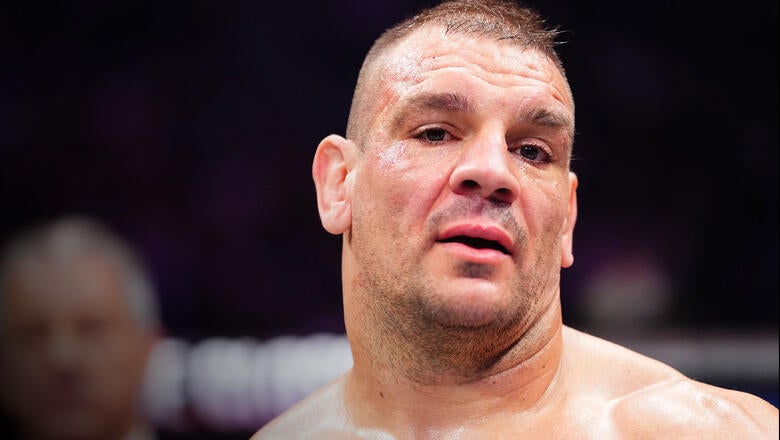I use Apple’s iMessage to send and receive texts on my iPhone. But if I’m already in front of my PC, writing and answering texts is often easier using a keyboard, mouse, and monitor. For this, I turn to a…
Author: admin
-

The Dow Is Losing Steam. Why It’s Still Leading the S&P 500 and Nasdaq.
The Dow lost steam on Thursday after the blue-chip index neared its highest levels on record.
The index was still up 145 points, or 0.3%, but was previously up more than 300 points and within 26 points of a fresh intraday record.
The S&P 500 was…
Continue Reading
-

Ante Delija | Making Waves
Though he still spends time training in his native Croatia when there, Delija spent the last year-and-a-half logging rounds at Evolution Fitness XL, the one-stop-shop where UFC heavyweight champ Tom Aspinall sharpens his skills. During that time,…
Continue Reading
-

Advancing Technology for Interplanetary Internet
KENNEDY SPACE CENTER (FL), October 30, 2025 – For future missions on commercial space stations, the Moon, and Mars, the ability to send data and communications across the solar system will be crucial. But developing an interplanetary Internet…
Continue Reading
-
Dragon Quest I & II HD-2D Remake Now Available, Concluding the Legendary Erdrick Trilogy – Business Wire
- Dragon Quest I & II HD-2D Remake Now Available, Concluding the Legendary Erdrick Trilogy Business Wire
- Dragon Quest 1 holds up shockingly well after all these years Polygon
- Square Enix says no spoilers for the remakes of 38-year-old NES JRPGs…
Continue Reading
-
Six-million-year-old Ice Discovered In Antarctica Offers Unprecedented Window Into A Warmer Earth – astrobiology.com
- Six-million-year-old Ice Discovered In Antarctica Offers Unprecedented Window Into A Warmer Earth astrobiology.com
- OSU Leads Team Studying Prehistoric Ice FM News 101 KXL
- Beneath Antarctica’s Surface, Scientists Unearth The Oldest Ice Sample Ever…
Continue Reading
-
Grokipedia, Elon Musk’s challenge to Wikipedia, offers his own version of the truth – France 24
- Grokipedia, Elon Musk’s challenge to Wikipedia, offers his own version of the truth France 24
- Musk launches Grokipedia to rival ‘left-biased’ Wikipedia Dawn
- Musked ‘Facts’ Times of India
- In fight between Grokipedia vs Wikipedia, Elon Musk pits AI against humans India Today
- xAI Launches Grokipedia Beta to Challenge Wikipedia’s Dom… X
Continue Reading
-

Selena Gomez Gives Advice for Protecting Mental Health on Social Media
Selena Gomez hosted her third annual Rare Impact Fund Benefit on Wednesday night, where mental health was top of mind.
The L.A. event supported Gomez’s Rare Impact Fund, which she founded in 2020 with a mission to mobilize $100 million…
Continue Reading
-

England vs Australia: How to watch, kick-off time, team news
International rugby returns with the Autumn series to round off the year.
England host Australia at Twickenham in their opening game on Saturday, which will see the return of their British & Irish Lions stars who went…
Continue Reading
-

William and Kate win privacy case against French magazine over family holiday photos
LONDON (AP) — The Prince and Princess of Wales have won a legal case against a French magazine that published photos of the couple and their children on a skiing holiday, the royals’ office said Thursday.
…
Continue Reading
